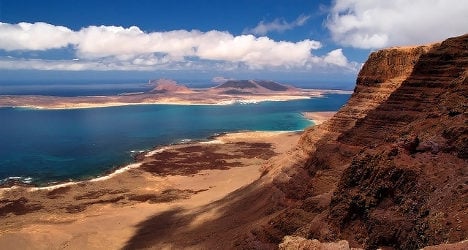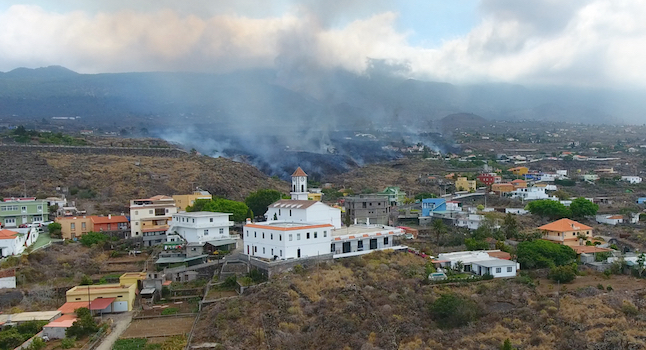The 600-strong population has already collected 4,000 signatures for a campaign they hope will bring greater autonomy to the 29-square-kilometre island.
Gracioseros are hoping to have gathered a total of 8,000 in time for the Canaries' Day on the 30th of May.
Lobby group "Lagraciosala8islacanaria” argues that the Canary Government is wrong to classify La Graciosa as an isle, as the term defines a small island with no population.
Recognition of La Graciosa's island status would mean locals would no longer have to turn to Teguise Town Hall in Lanzarote whenever new rubbish containers were needed or there was an electricity or water cut.
“All we want is to be able to manage our day to day by ourselves,” lobby spokesperson Miguel Ángel Páez told Spanish daily ABC.
Páez told ABC that the tiny island receives 25,000 visitors every year, making it even more crucial to be self-sufficient in terms of service availability.
The lobby group is not looking to get a cabildo, or inter-island council, like all other seven Canary Islands.
Their goal is instead to be recognized as a district, without the need for any public funding from the cash-strapped Canary government.
“We manage a nature and marine reserve, there's a whole society that doesn't need to dependent on others,” Páez argued.




 Please whitelist us to continue reading.
Please whitelist us to continue reading.
Member comments